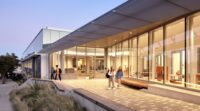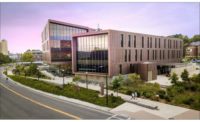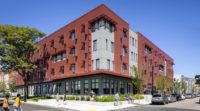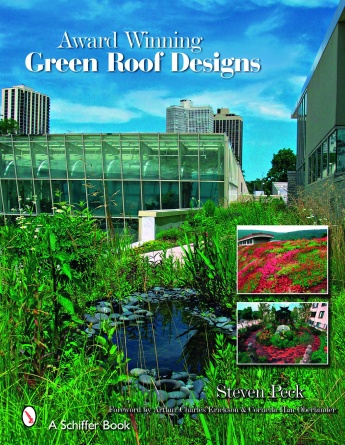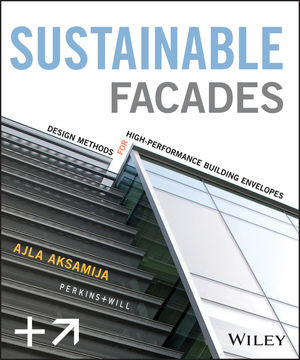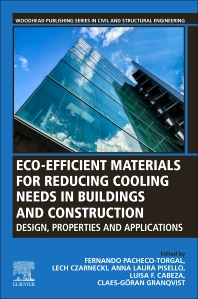Earning a prestigious American Institute of Architects (AIA) COTE® Top Ten Award, the North Torrey Pines Living and Learning Neighborhood’s (NTPLLN) 915,500 sq. ft. campus at the University of California, San Diego is daylit with Solarban® 70 glass from Vitro Architectural Glass.
“To improve the quality and character of UC San Diego housing, there was a strong desire to maximize exterior glazing to provide ideal views and natural light,” explains Dr. Tommy Zakrzewski, principal and director, Building Engineering Physics, HKS, whose firm worked with Safdie Rabines Architects to design UC San Diego’s largest construction project in the history of the school.
To meet the University’s requirements for a highly sustainable, energy-efficient design with a minimum of 30% glazing, the team utilized Honeybee software linked to Grasshopper/Rhino to run detailed daylighting, comfort, and energy calculations. In addition, the glass design was parameterized to optimize the solar heat gain coefficient (SHGC), window-to-wall ratio and visible light transmittance (VLT).
“The results from the initial shoe-box energy model were then integrated into the final whole-building energy model—including all passive and active design measures,” he explains.
This resulted in a final window-to-wall ratio of 35 percent, exceeding UC San Diego’s requirements and contributing to LEED® Platinum certification. In addition, the design delivers daylight to 75 percent of regularly occupied areas, with quality views for 95 percent of the occupied space.
HKS had successfully used Solarban® glass by Vitro Architectural Glass on previous projects and chose it for the NTPLLN’s three residence halls, two academic buildings, eight general assignment classrooms, offices, parking and public amenities, based upon its aesthetic appeal and high-performance characteristics.
“Solarban® 70 glass was selected based on the desired transparency and visual clarity of the glass that helped to create strong biophilic connections to the exterior environment, maintaining a connection to nature and light through the building enclosure,” reports Zakrzewski.
Solarban® 70 solar control low-e glass from Vitro Architectural Glass has a color-neutral aesthetic and offers unprecedented solar control and visible light transmittance (VLT). When coupled with conventional clear glass in a one-inch insulating glass unit (IGU), Solarban® 70 glass provides a SHGC of 0.27 and VLT of 64%.
For the project, the architects were also challenged with optimizing widow placement due to the adjacencies, site massing and orientation of the buildings. To assist with this, solar insolation mapping of the building enclosure was performed to best understand the annual and seasonal changes in direct solar radiation.

In addition to minimizing energy demand, Solarban® 70 glass supports the buildings’ ability to avoid overheating during extreme heat climatic events, which was essential for occupant comfort. Further, the glazing supports extensive daylighting, scenic coastal views and connections to the Southern California climate.
Also, for the sake of health and well-being, the project tapped into HKS’ mindful Materials library – which includes Vitro Architectural Glass – to identify products with socially responsible supply chains for the project.
NTPLLN provides 2,048 beds at below-market rates, with suites and apartments organized around indoor and outdoor common areas that foster social interactions, collaboration and restorative connections to nature. A rooftop community garden grows fresh vegetables and herbs, and community kitchens offer places for cooking healthy meals.
Visit www.vitroglazings.com for more information about other Vitro Architectural Glass products.

